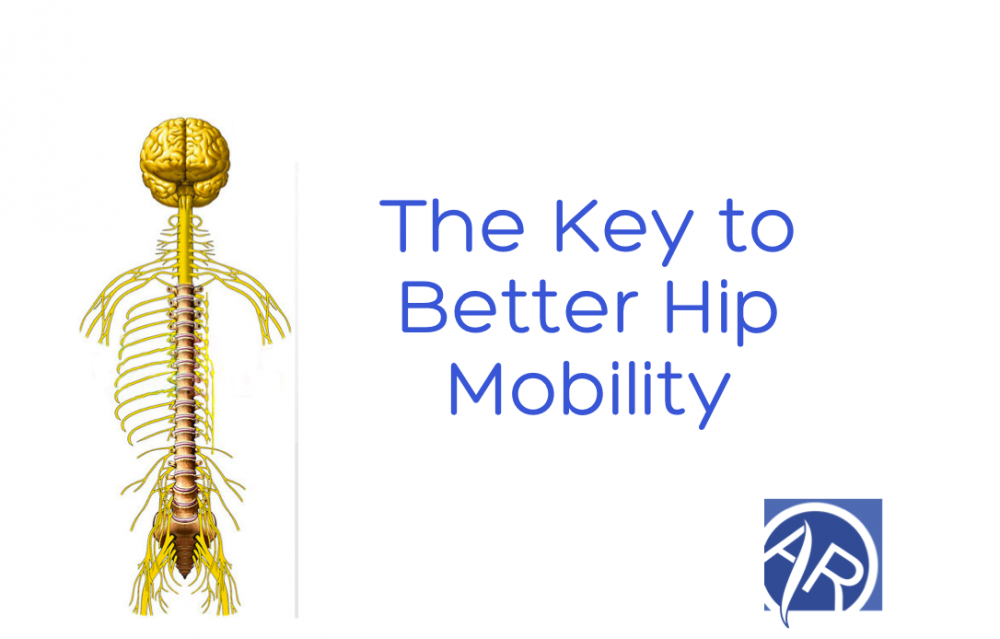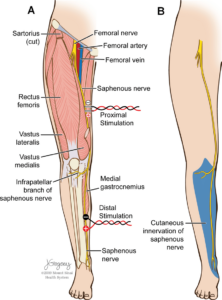Mobility Gains Requires Nervous System Change
If you have ever sought to improve your flexibility or the mobility of a particular joint, you will have noticed it is difficult!
Whether self mobilization and stretching, or being treated by a chiropractor, it is relatively easy to improve your flexibility and range of motion temporarily. It is reasonable to see an improvement of 10-20 degrees of hip flexion and internal rotation during a visit with one of my patients when we use a combination of extremity adjusting, electroacupuncture and mobilization techniques.
[youtube=https://www.youtube.com/watch?v=AUZkHOUdxmg]
As with stretching your hamstrings for a while, you might be able to touch your once so distant toes, or be very close to doing so. Even ankle dorsiflexion, maybe the most difficult joint to improve mobility in, has been proven to objectively increase (knee-to-wall test) using Mulligan mobilizations with movement.
The next day is a different story however. Most mobility and stretching gains are temporary. The reason for this lies in the nervous system. In my opinion, which is supported by the research, most of the improvement in range of motion that occurs is the result of a decrease in the tone of the nervous system and the subsequent relaxation of the tissues it innervates; the muscles and fascia. This is why we can see flexibility improvements with a variety of treatment types including acupuncture, massage, massage, ART etc; they all affect the nervous system.
When we stretch or mobilize a tissue, the nervous system responds by relaxing and the tissues “relax and stretch” in-tow. But when you go back to your daily routine and the nervous system returns to its previous state, we lose some of our gains
The key is to ensure the nervous system continues to maintain these change, which have allowed for better joint mobility, by reprogramming it.
Each muscle and joint has a particular area in the brain that coordinates its movement. The brain’s proprioception of that joint is learned over time and it is used to understanding the feedback from the muscles, ligaments, and joint nerve sensory fibers. It can respond accurately (unless its injured) through the muscles to control that joint through its range of motion.
After self-care or treatment that increases the range of motion of the joint however, the brain is unfamiliar with this new territory. In that extra say 20 degrees of range, the brain is not used to receiving proprioception signals from the joint and the muscles do not know how to control the joint.
I imagine the brain saying “hey why is this joint way out there, how the heck do I control it, and is it safe to operate out here?”.
The brain would be able to adapt through neurplasticity to this new range of motion to control that joint but only if it is trained properly. We teach the brain and new skill and it surely will learn it. Otherwise, the brain does not adapt to this new range of motion, and reverts back to the range of motion it knows.
Therefore, to maintain this new range of motion, it is essential to provide feedback to the brain and activate those stretched muscles through that new territory. By doing some simple Isometric exercise or eccentric work we are saying to the brain “here is this new range of motion, this is what it feels like, the muscles are able to control it and that it is safe to work at these joint angles”.
Some of the best mobility improvements I have witnessed in the ankles for instance are achieved by having patients walk on the insides and outsides of their feet on a daily basis (something that Dr. Andreo Spina talks about). This improves the strength of the inverters, everters and intrinsic foot muscles, and provides better ankle proprioceptive awareness to the nervous system. The ankle becomes more stable at its end-ranges and more mobility is allotted as a result.
Mobility improves from strengthening ranges of motion not usually targeted.
Whether the hip, shoulder, or really any joint, taking a minute or two to strengthen that new range of motion you have achieved with your mobility or stretching work, might be there difference between it being there the next day or not
Error: Contact form not found.




